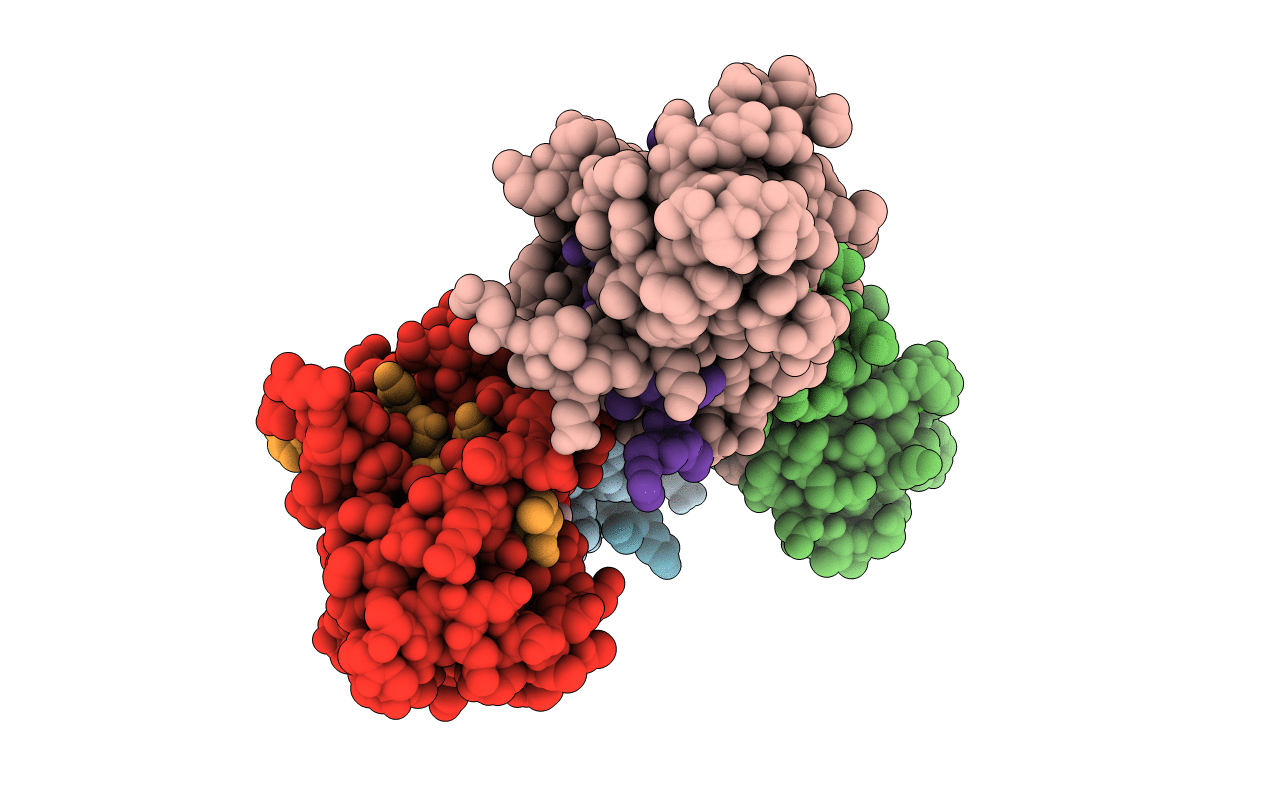
Deposition Date
2002-12-26
Release Date
2003-02-18
Last Version Date
2024-11-13
Entry Detail
PDB ID:
1NIW
Keywords:
Title:
Crystal structure of endothelial nitric oxide synthase peptide bound to calmodulin
Biological Source:
Source Organism:
Rattus norvegicus (Taxon ID: 10116)
Host Organism:
Method Details:
Experimental Method:
Resolution:
2.05 Å
R-Value Free:
0.24
R-Value Work:
0.22
R-Value Observed:
0.22
Space Group:
P 1 21 1


